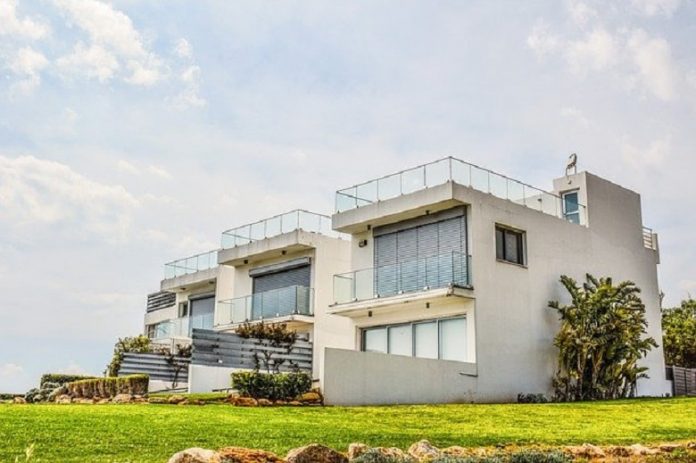If you’re in the market for real estate, you’re probably thinking about how to make a smart purchase. Property can be a worthwhile investment if you choose what you buy carefully. Consider these 5 property types to help you decide what type is best for your situation.
1. Home and Land
A traditional home on a plot of land is what many people think of when they think of Australian property types. You own the home and the land and can make whatever changes you want to the home. Many single residence homes have multiple bedrooms and bathrooms, a spacious kitchen, shared areas like a den or dining room, and space for cars. Depending on the size of land, you might have a yard that you can use for a garden, outdoor gatherings with friends, or as a space for kids or pets to play.
The main benefit of this type of property is the complete control you have over it. As you make changes to the house and land, the value of your property can quickly increase. If your property appeals to the rental market, you could rent your house and use that income to help pay your mortgage and fees.
A potential downside of home and land property is higher land rates due to the size of the property. You also need to have the capital to make any changes you have in mind. Overall, if you’re looking to invest in a long-term property for your family or hope to make money on the rental market, buying home and land could be a good option.
2. Apartment
An apartment is a living space within a larger building that has multiple apartment units. Some apartments are humble studios while others can be luxury penthouses. Regardless of size, many apartment units have shared amenities for their tenants. These amenities include gyms, laundry spaces, pools, and manicured outdoor areas.
A significant benefit of buying an apartment unit is the lower cost when compared to other property types. As apartments are a single unit within a larger building, you’re only paying for your unit, as opposed to a house on land, where you are paying for both the home and the land. Plus, you get to enjoy the shared amenities and may have other perks like security or gated entryways.
While these perks are great, they also have a downside. Many apartments are part of a body corporate management company that has its own rules about what changes can be made to each unit, which also comes with fees. However, the lower cost and the ease of renting, especially in an urban area with a high population, make apartments a great fit for many investors.
3. Townhouse
A townhouse has qualities of both a house and an apartment. Townhouses are typically structured like a traditional home with one major difference: the houses share one wall. Townhouses can be arranged as a duplex (just two homes attached by a wall) or they could be in a long line of townhouses. Regardless of design, each unit is only accessible by the owner or tenant; there are no shared spaces like with an apartment.
A townhouse can be a wonderful investment because of the opportunity to have multiple families on the same property. This allows you to save money by paying the fees for one property while possibly having rental income from two or more families.
Townhouses are also a great option if you want to live on the property yourself, as you can still rent out the other units. One thing to keep in mind with townhouses is that there is an approval process for a building to be considered okay for multi-residence living. Just make sure you know the laws in your area before investing in this type of property.
4. Co-Living
Co-living involves multiple adults sharing a living space. A co-living property typically has a bedroom and bathroom for each occupant, along with a large shared living space and kitchen. This type of property is becoming more popular as renters try to keep the costs of rent low for themselves and their friends.
Owning a home that is outfitted for co-living is a great way to earn money from multiple renters. Plus, the trend toward co-living makes it more likely you’ll find suitable tenants.
5. Dual Occupancy
A dual occupancy property typically has two single homes on the same plot of land. They could be joined together similar to a duplex or townhouse, but it is more common for the houses to be entirely separate. These properties typically have solid walls and good soundproofing to account for the proximity of the buildings.
Like a townhouse or a large co-living house, investing in dual-occupancy property is a great way to increase the return on your investment by receiving income for two houses.
There are lots of options if you are looking to buy or invest in property. Consider these when searching the market!


Excellent post. I will be experiencing a few of these issues as well.